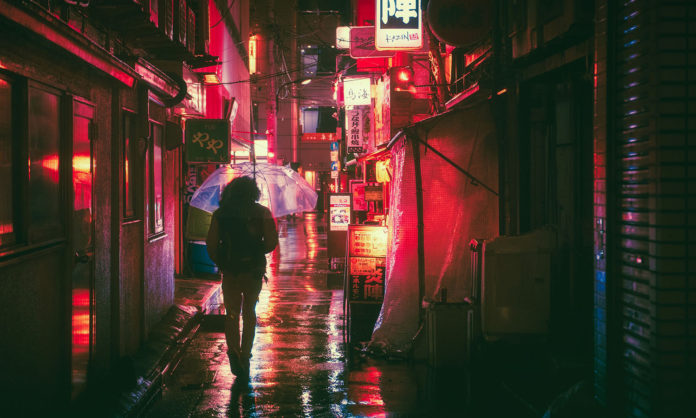
In a blog post, Janice Hardy suggests ways that setting can create conflict. “Conflict also exists in the world around the characters which has nothing to do with them personally—it’s just the inherent conflict of the world,” she says. “The setting can be rife with problems that prevent your protagonist from solving their problems and even add to their internal conflicts. Sometimes, the world really is out to get you.”
Something as simple as obtaining food can be a major obstacle if you’re lost in the woods, or if you are in a city that lacks access to affordable or healthy food. When you reach a dramatic scene in your story, consider if changing the setting could ramp up the tension. There’s a reason screenwriters set so many arguments at a church, where people are supposed to be quiet and act dignified. “Whatever triggers their discomfort is a potential setting, because it will add another layer of difficulty to their objective,” Hardy says.
Hardy offers the following specific advice.
- Choose a location that puts the protagonist at a disadvantage, such as an enemy’s turf or an unfamiliar location.
- Choose a location that has inherent conflict of its own, such as a battlefield, sports field, or an unhappy business office.
- Let the environment add another layer of difficulty to the task with bad weather or terrain.
- Let the setting mirror or echo the emotional state of the character.
- Use an environment that presses one of the protagonist’s buttons.
- Use a setting that shows others having a similar conflict, where everyone is tense and uncooperative.











